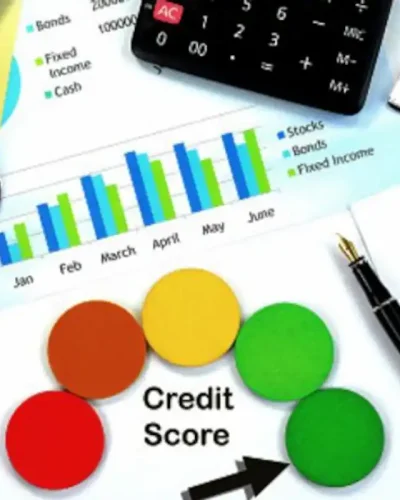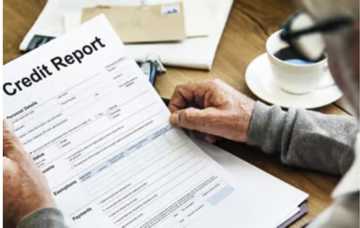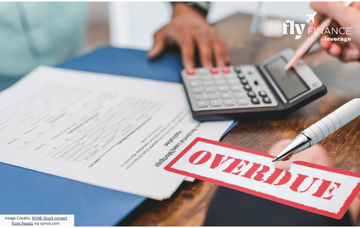
Post-settlement Meaning
When a debt is marked as “Post-settlement” on your credit report, it usually refers to the status after you’ve reached an agreement with the creditor or collection agency, but the debt has not yet been fully resolved or processed. Here’s a deeper look at what happens when a debt is labeled as “Post-settlement” or “Settled” and the steps that follow
After the Agreement:
Once you’ve agreed to settle a debt, the creditor will often mark it as “post-settlement” during the period in which they are waiting for your payment, or it might be an interim status while the terms are being finalized.
Pending Payment: If you’re settling the debt in installments, your creditor may label it as “post-settlement” until you complete the payments.










